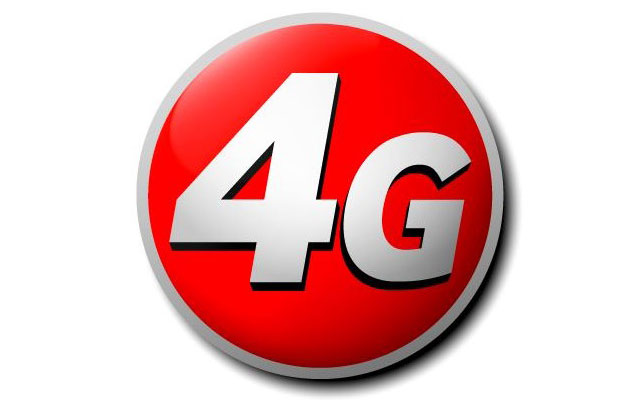
A complaint five years ago by Vodacom against rival Cell C has come back to haunt it. The Advertising Standard Authority (ASA) of South Africa on Friday found in favour of Cell C in a new complaint, and has ordered that Vodacom stop advertising its network as “4G” on its billboards.
Cell C took exception to Vodacom’s use of the term “4G”, arguing that the previous decision by the ASA in 2010 had considered the definition of a 4G network and that Vodacom’s LTE network does not conform. The ASA ruled that Vodacom must immediately withdraw the advertising referring to “4G”.
In its complaint, Cell C has accused its rival of a “flagrant and egregious breach” of the ASA’s code and a “complete disrespect of the standard laid down by the ASA in the previous matter”.
Cell C said that for Vodacom to prove it provides a 4G network requires independent verification that it offers LTE-Advanced technology and/or speeds achieved by the average customer of at least 100Mbit/s, neither of which is true.
In reply, Vodacom said that although it is true that at the time of the earlier dispute with Cell C, a “minimum speed of 100Mbit/s was contemplated as a ‘potential’ feature” by the International Telecommunication Union (ITU), “eventually this minimum requirement was abandoned as an absolute, and was merely set as a ‘research target’ in the final specification published in 2012”.
“Presently, the ITU requires a ‘substantial speed improvement’ to warrant the jump from 3G to 4G, as opposed to the minimum requirement of 100Mbit/s,” Vodacom said in its response to the ASA.
“When [Vodacom] complained against Cell C’s use of the term in 2010, the standard of technology relied on by all major players was virtually on par, and the complainant (Cell C) did not provide any new technology at superior performance levels,” it added. “This is part of the reason for the ASA ruling against the complainant. The point was made that no LTE networks were deployed by any service providers at the time.”
Vodacom said it uses the term “4G” in order to demonstrate its LTE network’s technical capabilities and to match what the press, handset vendors and consumers call its LTE service. “In short, it is a branding exercise to match the widely used nomenclature and avoid confusion.”
But the ASA has rejected Vodacom’s defence.
“To argue that network providers should use the term ‘4G’ simply because that is what some consumers believe an LTE network to be is arguably disingenuous, and may well add to confusion, rather than clarify it,” the ASA said in its ruling. “To use an analogy, one cannot market a 2-litre VW Golf as a ‘GTI’ simply because it is faster than a 1,4-litre model.”
The ASA also rejected testimony from an expert put forward by Vodacom as he works for parent company Vodafone.
The authority said Vodacom has to withdraw the “4G” logo with immediate effect and may not use it again in future unless adequate substantiation has been submitted and a new ruling issued. — © 2015 NewsCentral Media

